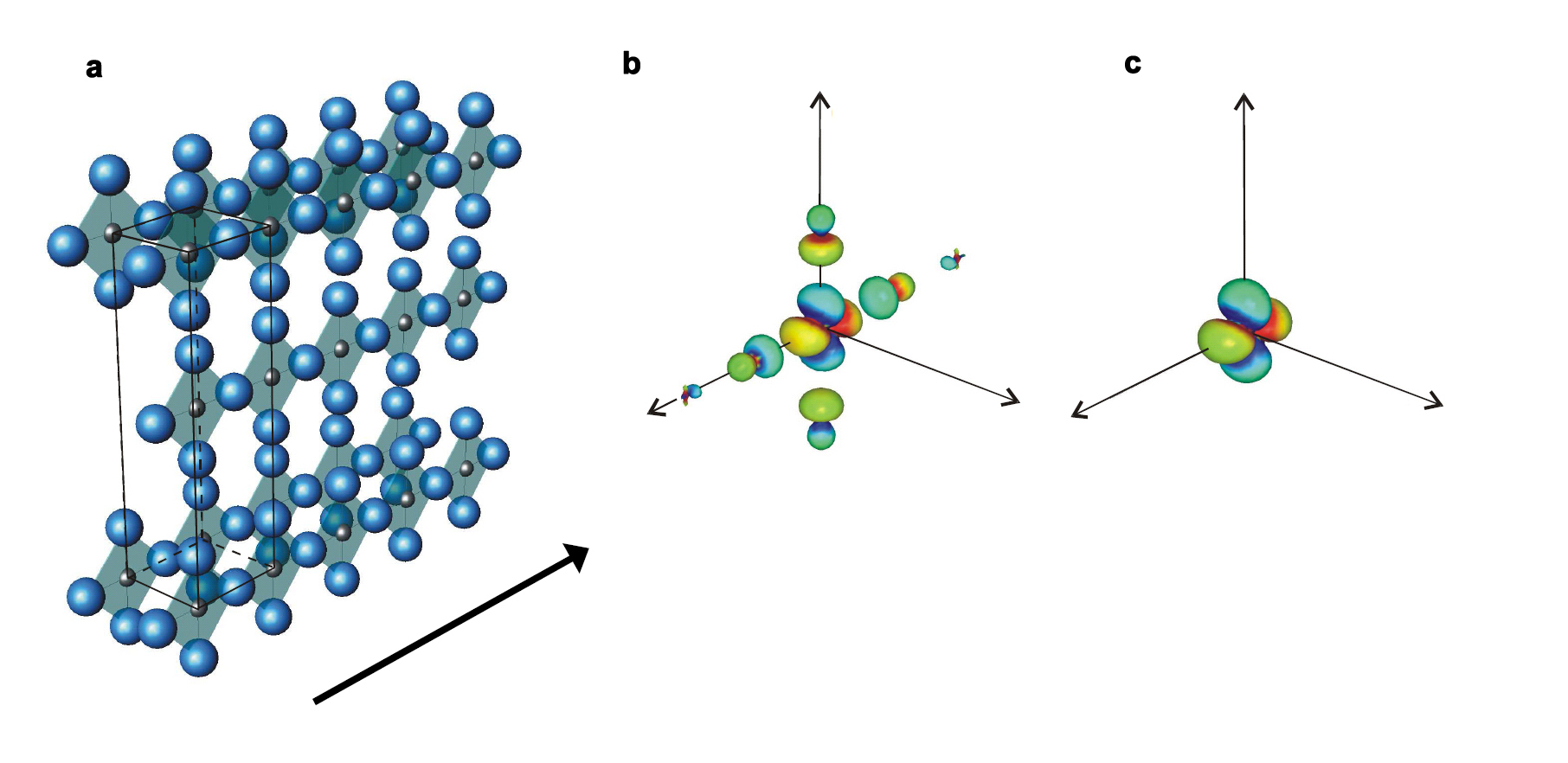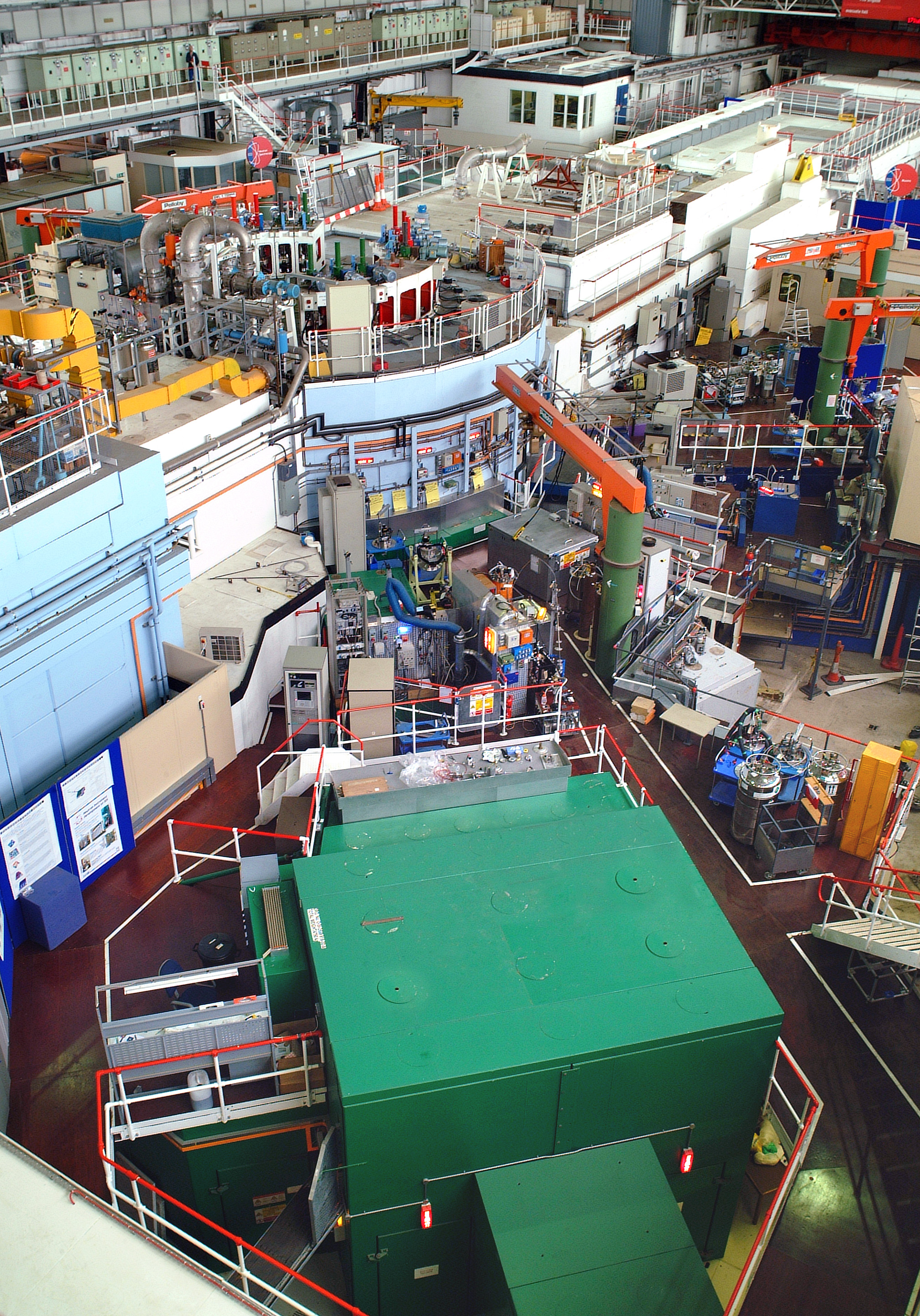This is set to have huge implications for use of one of the most versatile classes of materials available to us for future technology applications: copper oxide ceramics.
Professor Toby Perring from ISIS and Dr Igor Zaliznyak from Brookhaven have been using the ISIS neutron source at the STFC’s Rutherford Appleton Laboratory to study the properties of copper oxide ceramics. These are some of the most puzzling materials ever made and serve as a gruelling testing ground of our basic understanding of physics. The results have been published in the journal Nature Physics.
Comparing experimental data with predictions from exact theories and first principle calculations is one of the major parts of any scientific method, allowing scientists to make sure they have a full grasp of the basic principles at work and to study if there are gaps in our understanding.
However for copper oxide ceramics, long-standing discrepancies between experiment and calculation have made it difficult to robustly identify the most promising explanations of their physical properties. Many of the copper oxide ceramics are electrically superconducting and also have unusual magnetic properties.
“When making comparisons between experiment and calculation, we, and others, were often finding discrepancies that were then being explained away as systematic errors, imperfections in the samples, or other effects,” said Professor Perring. “But there are only so many times you can ignore these factors before you have to work out why they are there. The answer in the end was as straightforward as making sure we included all the physics”.

(a) Corner-sharing CuO4 square plaquettes form chains along the b axis in Sr2CuO3. Spheres with half of the corresponding ionic radii show copper (small) and oxygen (large) ions. (b) Spatially extended covalently hybridized Wannier wavefunction of the unpaired magnetic electron in Sr2CuO3 obtained from the ab initio LDA+U calculation. The equal-density surface at |(r)|2=0.05 Å-3 is shown. (c) Similar depiction of the Cu2+ ionic wavefunction of the 3d(x2-y2) orbital typically used for magnetic form factor calculations.
Copper-oxygen-copper bonds are a common feature of the copper oxide ceramic family, with the atomic level magnetism arising from the arrangement of electrons on each copper atom. Their bonding causes the spin distribution of the electrons to be changed quite dramatically from what would be found on a single isolated copper atom.
Perring’s team looked at one of the ceramics, Sr2CuO3 , that has isolated chains of copper-oxygen atoms running through the material. The advantage of looking at these ‘one-dimensional’ chains is that the expected neutron scattering spectrum has been calculated exactly from first principles. This allowed the team to make a thorough and critical appraisal of data reduction techniques in magnetic neutron scattering experiments.
Neutron scattering experiments are one of the most exacting tests of atomic level theories of magnetism and superconductivity, since the complete magnetic scattering spectrum from a material can be measured in absolute units. Experimental data shows up the detailed form of the scattering and the intensity variations across the pattern.
The measured magnetic neutron scattering datasets are the product of two factors: the ‘spin-spin correlations’ which describe how the copper atoms interact and fluctuate along the copper-oxygen chains; and the copper ‘form factor’ which describes the spin distribution around each copper atom.
“We got calculations of the spin-spin correlations for one-dimensional chains from Jean-Sébastien Caux at the University of Amsterdam and compared them to the experimental data,” said Perring. “These are exact calculations from first principles, so we were astonished to discover that whilst the predicted form of the scattering matched our data, the intensities disagreed. We spent months searching through our data trying to find the problem, but nothing was out of order so we knew that something else was at work.”
Zaliznyak realised that the only remaining possibility was that the magnetic form factor for the copper atoms must be incorrect.
“Normally to keep things simple, to describe the magnetism of the copper atoms, people tend to use a spin distribution based on isolated copper atoms,” said Zaliznyak. “But in reality, the spin density must be spread out along the strong copper-oxygen covalent bonds that are part of the structure of the material and which are responsible for the remarkable magnetic properties in the first place.
“Once colleagues at Brookhaven had correctly calculated the real magnetic form factor for the copper atoms in this material, we found that we could get the exact match between the calculations from Jean Sébastien Caux and our neutron scattering data”.
Now the team has shown how to correctly compare theoretical models to experimental data, they are hoping that the hunt for the answer to high-temperature superconductivity in the ceramics can be reached more quickly.
It is widely believed that the magnetism of the copper atoms, which as this study shows is dramatically altered by the copper-oxygen covalent bonding, plays a vital role in superconductivity.
Now Perring’s team have identified the source of disagreement between experiment, theory and calculation, they say that the technique should be applied to other data.
“Whilst we cannot sort out the differences for everyone, we think they should apply our method to their own situation. This could be a great help in narrowing down the range of possible explanations for high-temperature superconductivity”, said Perring.

The Maps instrument (green in foreground) in target station one experimental hall can be used to measure the complete magnetic scattering spectrum from crystals.
Martyn Bull
Research date: October 2009
Further Information
This research was carried out using the Maps neutron spectrometer at the ISIS Pulsed Neutron and Muon Source and published in Nature Physics Advance Online publication, 4 October 2009.
Effect of covalent bonding on magnetism and the missing neutron intensity in copper oxide compounds
Andrew C Walters, Toby G Perring, Jean-Sébastien Caux, Andrei T Savici, Genda D Gu, Chi-Cheng Lee, Wei Ku and Igor A Zaliznyak
Nature Physics 5 (2009) 867.
